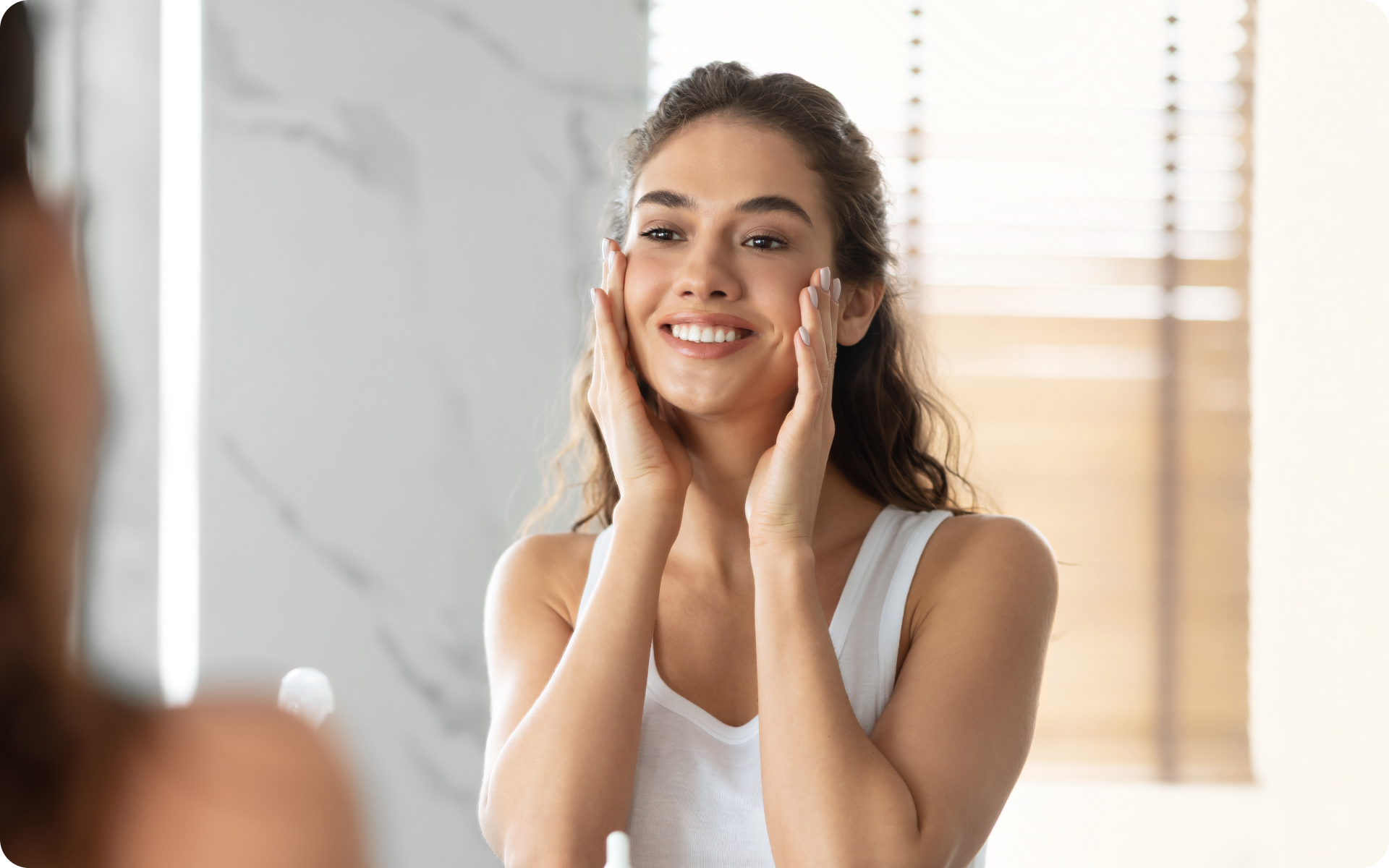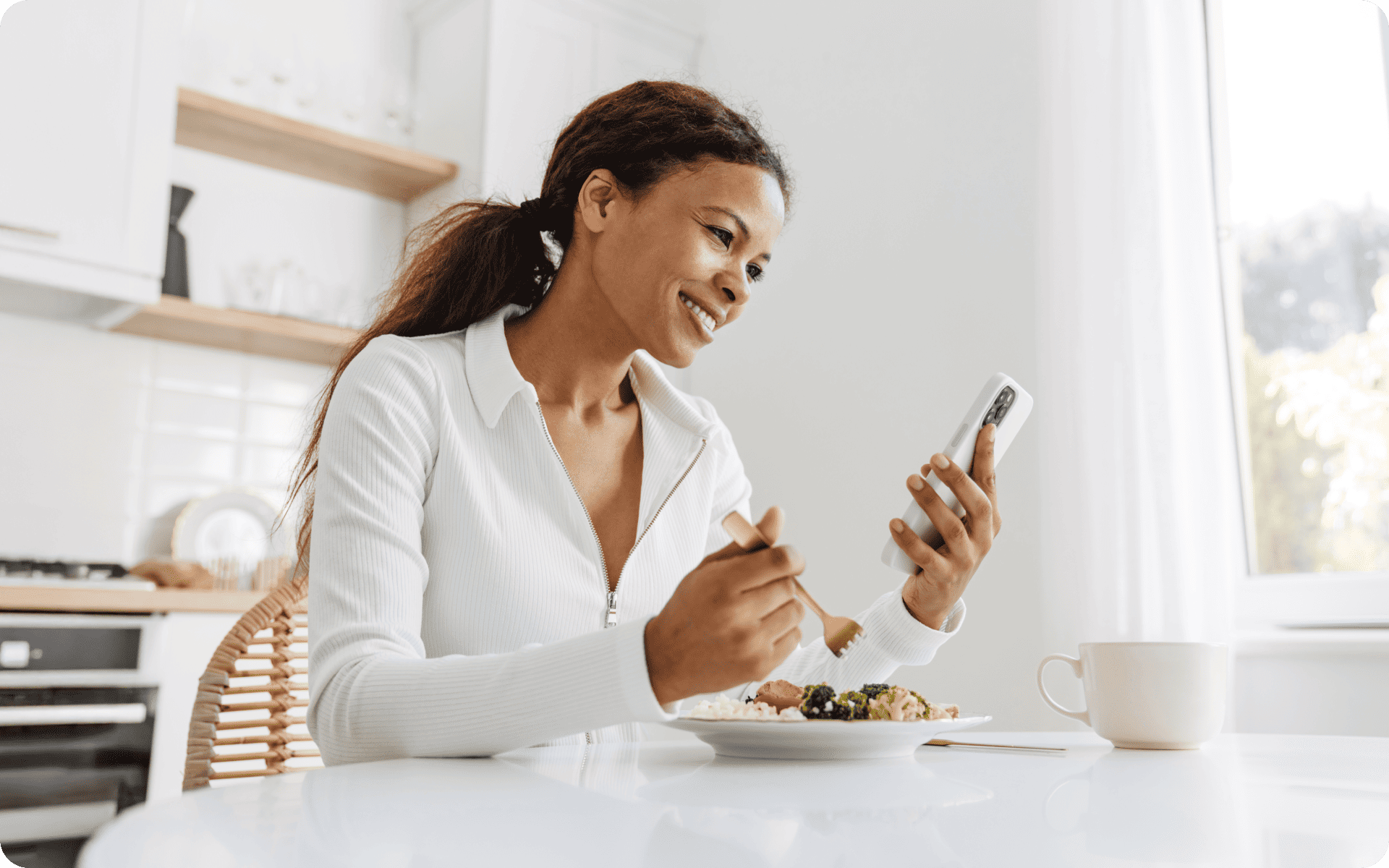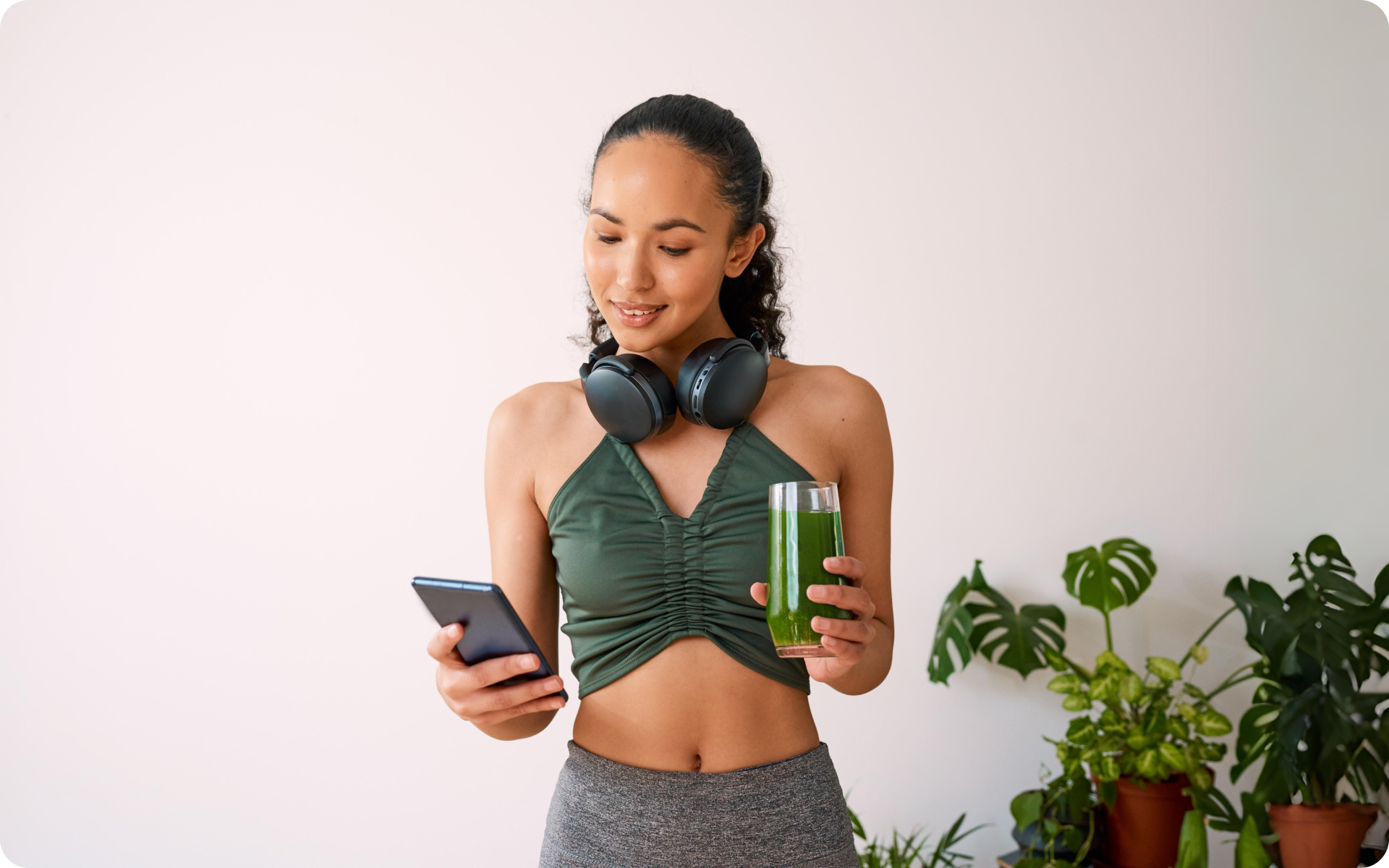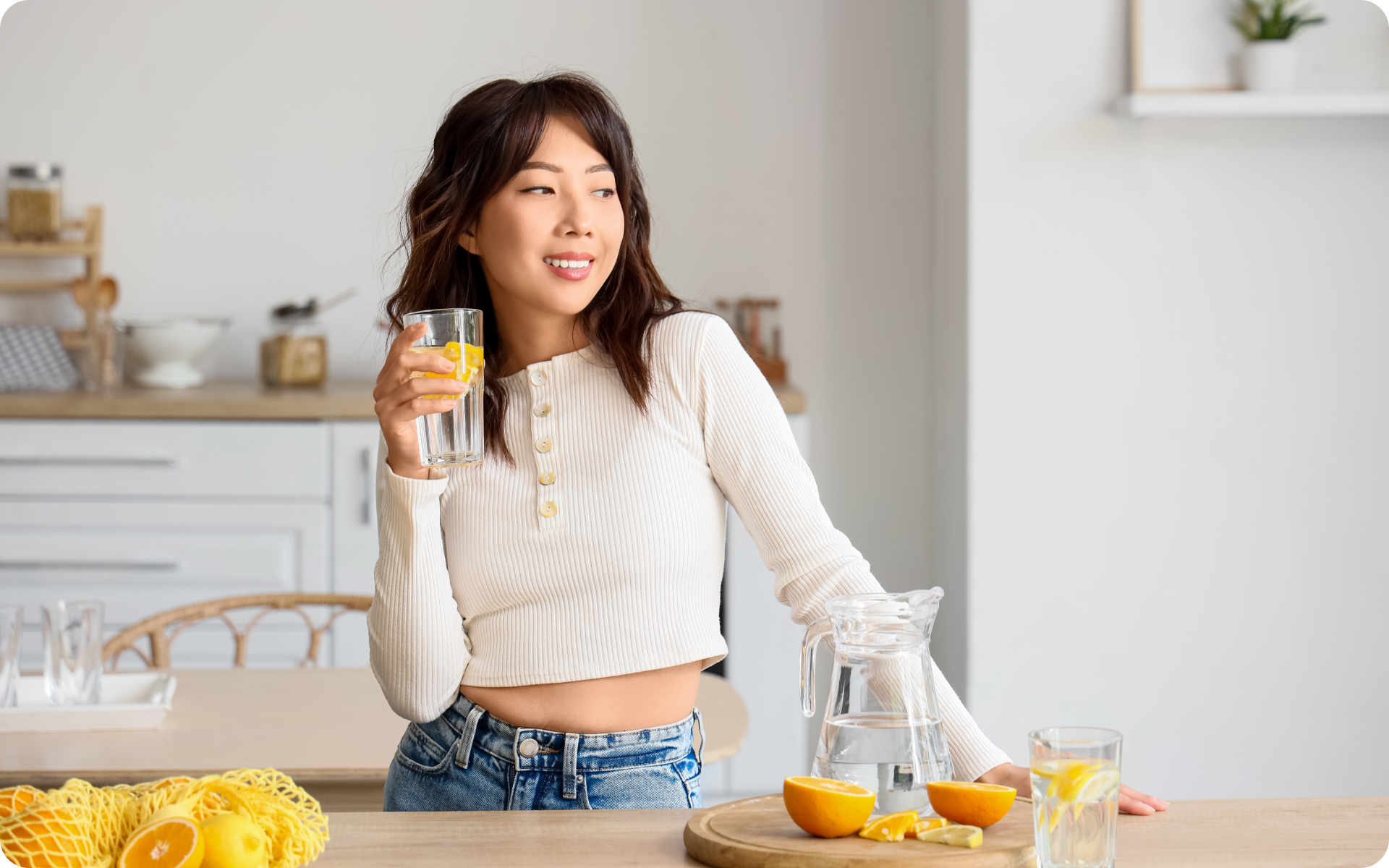Intermittent fasting has boomed in the 21st century, becoming a trendy and generally healthy way to lose weight. It’s a diet strategy that combines alternated periods of eating and extended fasting.
But is this concept truly new?
Actually, no. Long ago, humans were seeking food in the wild and did not have access to food 24/7 like the present day. Our ancestors would hunt animals in the fasted state and were better at recovering from inevitable injuries in the wild.
Aside from not consuming food regularly, they had an active lifestyle, which naturally developed them into strong and athletic human beings.
Now with the tech-driven society, people get stuck to their chairs daily with the food provided to them at any time they wish. Unhealthy snacks, junk food, alcohol, processed meals – have become the daily guilty pleasure for some of us. Why not get a quick snack and watch a favorite TV show?
Consequently, these lifestyle choices have led some individuals to develop obesity, diabetes, and other health conditions, all of which have steadily risen in past decades.
Some individuals looking to reduce weight have switched to fasting, with beginners starting with the 12-hour fast – the moderate version of fasting. Today you’ll have the chance to unlock 12-hour fasting benefits, scientifically backed, and learn the answer to one crucial question – is it really the right method for weight loss?
Is fasting for 12 hours good for you?
The 12-hour fasting rules are simple: you need to abstain from food for 12 hours a day, and then enjoy your meals, with meal guidance in the non-fasting window relatively limited.
Here’s a great example of a fasting day. You fast between 7 pm and 7 am. You finish your dinner before 7 pm and wait until 7 am to eat breakfast but would be asleep for much of the time in between.
When it comes to a 12-hour fast vs a 16-hour fast, both of these ways are beginner-friendly. In the second case, you fast for 16 hours.
Without further ado, let’s talk about the advantages of 12-hour Intermittent Fasting:
- It encourages weight loss
- It suits the fasting newbies
- It reduces inflammation
- It improves brain health
- It evokes changes in the functions of cells, hormones, and genes
- It promotes heart health
Whether you’re looking to simply pep up your fitness routine, jazz up your diet with mouth-watering low-calorie recipes or want to get your act together and significantly drop that number on your scale – BetterMe app has got you covered! Improve your body and revamp your life with us!
It encourages weight loss
According to some research, fasting for 10–16 hours can aid the body in turning its fat stores into energy, which releases ketones into the bloodstream. Through a few mechanisms, this process may encourage weight loss (12). You will unravel more information about the effects of fasting on weight loss in the next segments.
It suits the fasting newbies
The 12-hour fasting approach is relatively simple for beginners, since you may incorporate the non-eating window in your sleep time. This makes a 12-hour daily fast a good stepping stone for people interested in intermittent fasting.
Another good thing about this approach is that the common feelings of hunger, dizziness, low energy, and irritability have less of an impact during this 12-hour fasting regime.
It reduces inflammation
Another vital benefit of the 12-hour fast lies in reducing inflammation. Inflammation is strongly associated with a variety of health conditions, such as diabetes, cardiovascular disease, and even cancer (10).
A study in 2019 showed that intermittent fasting may reduce inflammation (3).
It improves brain health
Studies suggest that intermittent fasting, including a 12-hour fast, is associated with a reduced risk for neurological disorders, such as:
- Stroke
- Alzheimer’s disease
- Parkinson’s disease (9).
In addition, fasting has been associated with enhanced cognition, reduced brain damage after a stroke, and reduced rate of neurodegeneration (7).
It evokes changes in the functions of cells, hormones, and genes
When people don’t eat for a bit in the fasting period, they go through several changes:
- Hormone levels: Your body changes hormone levels to make stored body fat more accessible.
- Gene expression: Changes to certain genes may positively impact your longevity and disease protection.
- Human growth hormone levels: The level of HGH in the blood may increase, which promotes fat-burning and muscle gain.
- Insulin levels: Blood insulin levels drop, which boosts fat burning (5).
It promotes heart health
A literature review in 2016 shows that intermittent fasting benefits may also extend to better heart health. In both people and animals, intermittent fasting has been associated with a decrease in:
- blood pressure
- triglycerides (a type of fat linked to heart disease)
- heart rate
- cholesterol (9).
Read more: 5 Chicken Alfredo Keto Recipes for Fast Dinners or Family Stunners Without Eating Too Many Carbs
How many calories do you burn fasting for 12 hours?
As was mentioned, during the fasting period, your body enters a state of ketosis where it uses stored fat as an energy source instead of glucose. This metabolic shift aids weight loss for a few physiological reasons and improves insulin sensitivity.
The number of calories burned during 12-hour fasting may not be significant and is highly variable by individual. Yet, a 12-hour fast can lead to an overall decrease in calorie intake. By abstaining from food for 12 hours people often consume fewer calories throughout the day, with a calorie deficit contributing to weight loss over time.
There is no definite number of calories expended during a 12-hour fast since many factors affect the results, including your metabolism, weight, sex, and activity level.
Additionally, the food you’re eating during a non-fasting period plays a crucial role in eliciting a calorie deficit and dropping weight.
How much weight can you lose by fasting for 12 hours?
12-hour fasting weight loss results may be seen after 10 weeks of following the regime. Experts highlight that a 12-hour intermittent fasting regime can yield around 7-10 pounds of weight loss within this period. However, individual factors including body weight, body composition, sex, activity level, and intake during the non-fasting period have significant influences on ultimate weight loss.
Note that every individual is different and some people might need more time to lose this number of pounds.
Still, the question stays the same – is fasting the right choice for weight loss?
The new research, published in JAMA Internal Medicine, examined time-restricted eating, which involves fasting for 12 or more hours daily. Many practitioners would routinely skip breakfast and eat all their meals between roughly noon and 8 pm, resulting in a daily 16-hour fast (6).
This research found that overweight adults who would routinely fast for 16 hours daily, eating all their meals between noon and 8 pm, gained very few benefits from it. Throughout the 3-month study, they lost an average of just two to three and a half pounds, and most of the weight they cut was not body fat but “lean mass,” or non-fat body tissues, including muscle.
Surely, losing muscle during fasting is normal, but testing groups lost more muscle mass than expected. This is concerning, as muscle loss is linked to lower mortality (2). Metabolism may also decrease from a fast and calorie deficit, and this slower rate of energy expenditure may make sustaining weight loss challenging.
Researchers found that the main reason for people to have lost muscle mass was because the assigned group skipped breakfast, which caused their overall daily protein intake to fall.
With this in mind, if you decide to fast for 12 hours, ensure that protein is dosed throughout your non-fasting period, regardless of where meals fall. While protein recommendations for weight loss vary, 1 gram of protein per pound of body weight is sufficient for most adults looking to healthily lose weight while maintaining muscle mass.
Other crucial things to consider while sticking to an intermittent fasting schedule:
- Stay hydrated. You are allowed to drink water, non-sugar black coffee, and tea. Adequate hydration is associated with improved results among adults attempting to lose weight.
- Eat a balanced diet during non-fasting windows. One major mistake that people make when fasting is binging on unhealthy food after they fast for 12 hours. Yes, you don’t count calories precisely, but you still need to keep tabs on what and how much you’re eating. Suppose you allow yourself to indulge in junk food and sugary beverages after each fast. These foods are conducive to a calorie surplus and feelings of hunger reappearing relatively sooner. In that case, you may not only decrease your chances to lose weight but might regain more since you’re going to be hungrier, therefore, consuming more calories. Instead, consume foods high in protein, promoting feelings of satiety, and fiber, promoting feelings of fullness, and found in veggies, fruits, whole grains, nuts, and legumes.
- Engage in strength training. Studies have found that you can maintain muscle mass while fasting by doing resistance training and consuming more protein during eating windows (4). Heavier strength training is also very potent in increasing metabolic rate.
The final answer is yes, both 12 and 16-hour fasting benefits for weight loss can help you drop fat only if you eat a balanced diet during eating windows, drink enough fluids, and engage in strength training.
If you struggle to even flirt with the idea of giving up your favorite foods or working out till your legs give way – BetterMe app is here to breathe a fresh perspective into the way you view the weight loss process! Check out the app and experience the fun side of fitness and dieting with BetterMe!
Is 12 hours enough for autophagy?
Autophagy is the natural mechanism allowing your body to break down and reuse old cell parts so your cells can function more efficiently (1).
Animal studies have shown that 12 hours of fasting is enough to induce autophagy, and 24 hours of fasting had the highest autophagy process (8).
What is the best intermittent fasting window to lose belly fat?
There is no one ideal intermittent fasting window that contributes to weight loss because other factors also impact this process: your starting weight, metabolism, and adherence to the fasting protocol, diet, and exercise.
Studies have shown that intermittent fasting might help people lose visceral fat (11). Visceral or belly fat is harmful, as it surrounds vital organs in your body and releases substances that lead to chronic diseases.
The first thing you need to do as a newbie is start with a moderate fasting window. The key ones are:
- 12-hour fasting
- 16:8 fasting regime
- 5:2 method: consume only 500-600 calories on two non-consecutive days of the week and eat with a more typical calorie or macronutrient intake on the other five days.
Secondly, prioritize a balanced diet and regular exercise.
Thirdly, manage stress and sleep enough. Chronic stress and inadequate sleep increase cortisol levels which hinder your progress to lose weight (13). If you want to get rid of a saggy belly, you need to practice stress-reducing techniques either with or without the help of a professional therapist.
The truth is, no matter what IF method you pick, it won’t work out and produce a calorie deficit and weight loss if you fail to eat healthily and stay active.
A balanced diet rich in protein and fiber+strength training sleep+hydration+less chronic stress = the body you always wanted, as each of these components is conducive to a healthful reduction in body fat. Lacking one of these points may spoil the whole weight reduction process, especially in your belly.
P.S. You can’t spot weight loss in one area. It’s impossible to drop fat only in your belly. By contrast, you focus on whole-body training along with specialized belly exercises.
Read more: An 18-Hour Fast May Be Just Be What Your Body Needs for Optimal Health
FAQs
How long is it safe to fast?
If it’s your first time fasting, you may feel dizzy, tired, hungry, and irritated even during moderate fasting regimes. Yet, for newbies, the safe fasting method is either a 12 or 16-hour fast. Gradually, when you start feeling better and get used to these methods, you can shift to more challenging versions, like 24 or 48-hour fast. However, fasting times beyond 24 hours have increased physiological downsides and risks and are not necessary for weight and body fat reduction.
Is fasting for 14 hours effective?
Fasting for 14 hours is effective. It may provide positive effects on weight loss, cholesterol levels, blood pressure, and blood sugar. Combining the 14-hour fast with regular exercises and a balanced diet is beneficial for the aforementioned benefits.
What is the 12 12 fasting rule?
The 12:12 fasting method is perfect for beginners. Here’s how you do it: Choose a 12-hour overnight fasting period—for instance, 8pm to 8am Finish your meal before your eating window ends in the evening. During the fasting period drink enough water and other no-calorie beverages, like green tea or black coffee.
How many hours is considered fasting?
Abstaining from food for at least 12 hours counts as fasting. A 12-hour fast is an excellent method for newbies, as most of the fasting window occurs while you’re asleep.
What is the longest healthy fast?
The longest fast that has been researched and has not been found to have significant, unavoidable health drawbacks is 48 hours. Despite the possible benefits, this type of fasting is not recommended for beginners. Also, it has potential drawbacks, like feeling dizzy, exhausted, and sluggish, observed to a greater extent than with a shorter fast. To reduce the risks of a 48-hour fast, make sure you consume enough water, stay busy to prevent thoughts of hunger, and drink electrolytes.
The Bottom Line
A 12-hour fast is a beginner-positive fasting regimen, where you abstain from food for 12 hours a day.
After reading this article, you’ve learned the main 12-hour fast benefits, scientifically backed: fasting may promote weight loss, reduce inflammation, improve brain health, evoke changes in the functions of cells, hormones, and genes, and promote heart health.
12-hour fasting weight loss results may be seen after 10 weeks. Experts state that a 12-hour intermittent fasting regime can help you lose around 7-10 pounds within this period.
Note, that if you want to reap the main benefits of this fasting regime, you need to dose protein throughout the non-fasting period; stay hydrated; eat a balanced diet during the eating windows, and engage in strength training.
Additionally, make sure you sleep enough (at least 7 hours) and practice effective strategies to reduce chronic stress. By following these essential rules, you will lose full-body fat healthily without harming your organism.
DISCLAIMER:
This article is intended for general informational purposes only and does not serve to address individual circumstances. It is not a substitute for professional advice or help and should not be relied on for making any kind of decision-making. Any action taken as a direct or indirect result of the information in this article is entirely at your own risk and is your sole responsibility.
BetterMe, its content staff, and its medical advisors accept no responsibility for inaccuracies, errors, misstatements, inconsistencies, or omissions and specifically disclaim any liability, loss or risk, personal, professional or otherwise, which may be incurred as a consequence, directly or indirectly, of the use and/or application of any content.
You should always seek the advice of your physician or other qualified health provider with any questions you may have regarding a medical condition or your specific situation. Never disregard professional medical advice or delay seeking it because of BetterMe content. If you suspect or think you may have a medical emergency, call your doctor.
SOURCES:
- Autophagy (2022, clevelandclinic.org)
- Body composition and mortality in the general population: A review of epidemiologic studies (2018, ncbi.nlm.nih.gov)
- Dietary Intake Regulates the Circulating Inflammatory Monocyte Pool (2019, cell.com)
- Effects of eight weeks of time-restricted feeding (16/8) on basal metabolism, maximal strength, body composition, inflammation, and cardiovascular risk factors in resistance-trained males (2016, biomedcentral.com)
- Effects of Intermittent Fasting on Brain Metabolism (2022, ncbi.nlm.nih.gov)
- Effects of Time-Restricted Eating on Weight Loss and Other Metabolic Parameters in Women and Men With Overweight and ObesityThe TREAT Randomized Clinical Trial (2020, jamanetwork.com)
- Fasting as a Therapy in Neurological Disease (2019, ncbi.nlm.nih.gov)
- Impact of Different Durations of Fasting on Intestinal Autophagy and Serum Metabolome in Broiler Chicken (2021, ncbi.nlm.nih.gov)
- Impact of intermittent fasting on health and disease processes (2016, ncbi.nlm.nih.gov)
- Inflammation (2023, clevelandclinic.org)
- Intermittent Fasting as a Nutrition Approach against Obesity and Metabolic Disease (2022, ncbi.nlm.nih.gov)
- Intermittent fasting: the science of going without (2013, ncbi.nlm.nih.gov)
- Stress and Obesity: Are There More Susceptible Individuals? (2018, ncbi.nlm.nih.gov)










